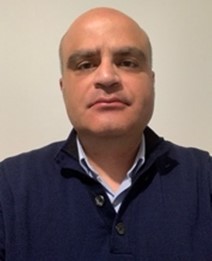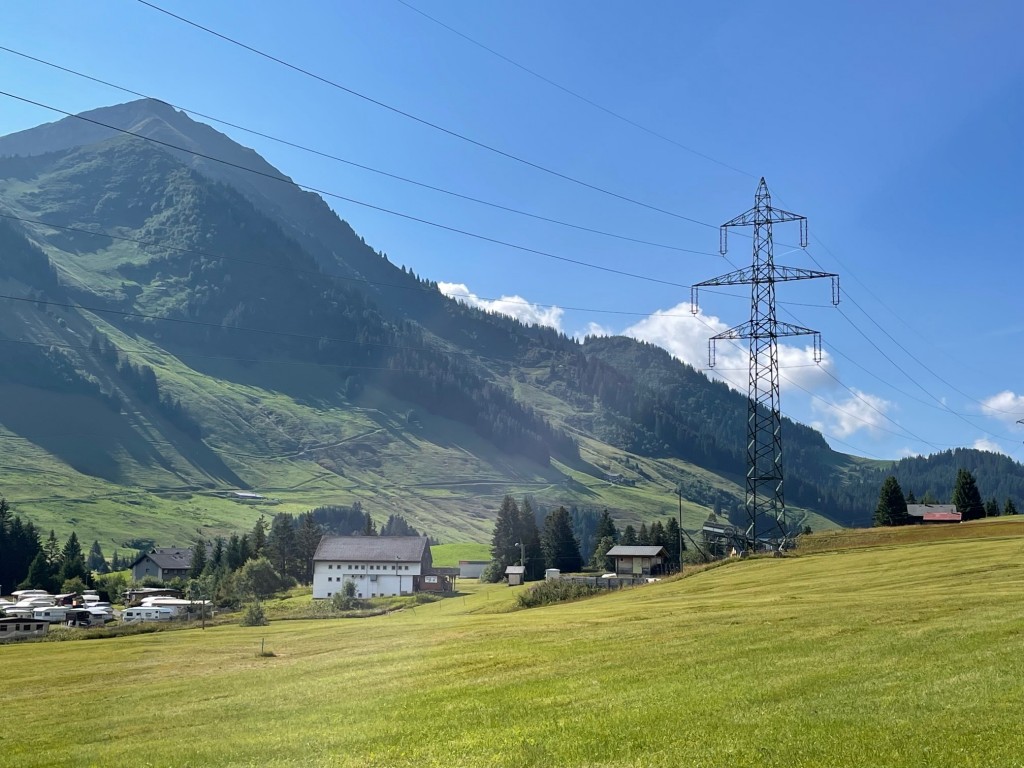TURE SAVADKOOHI, ALIREZA LTDS ENTPE

- University Sherbrooke
- Polytechnique Montréal
DURATION : 15 months
FOUNDING : 25k€
The conductor vibrations on overhead power lines which are affected by low frequency modes (mostly between 0.2 -3.5Hz), are mostly caused by galloping (instability caused by non symmetric ice accretion). These vibrations are responsible for frequent electrical flashovers due to the reduction of conductor interphase spacing, and are also a significant cause of conductor fatigue. There are several passive control strategies for such systems, e.g. torsional dampers and interphase spacers (Diana et al, Review of Galloping Control Methods, Task Force on Galloping, 2000). Such systems are mainly tuned to a targeted modes (as tuned mass dampers) and they lose their efficiency elsewhere.
The project aims at using the nonlinear energy sink (NES) technology (Vakakis et al, Springer, 2009) for damping out low frequency vibrations on power lines caused by galloping. The NES does not modify linear frequencies of main systems, and its validity covers larger frequency ranges (with respect to corresponding linear absorbers).
To the knowledge of authors, the NES technology has not been implemented for such systems.
The objective is to prepare "design tools" for tuning parameters of the NES with tailored nonlinearity for one way energy triggering of vibrations induced by galloping and also (as a secondary goal) controlling higher frequency modes.
The project gathers three research teams which are complementary to each other:
- ENTPE/LTDS: different aspects of nonlinear dynamics, NES technology: modeling and identification.
- Univ Sherbrooke: overhead transmission lines, modeling of damping systems, dynamic experimental tests.
- Polytechnique Montréal: finite element modeling, cable dynamics.

CCI LYON, VIBRATECH, THALES, AREVA, VOLVO, RENAULT, MICHELIN, ANNEALSYS, HUTCHINSON, EDF R&D ENERBAT, riber, SKF, EDF, PSA PEUGEOT CITROEN, SAFRAN, CARA, ST MICROELECTRONICS, SEB, Fraunhofer-Gesellschaft, ...